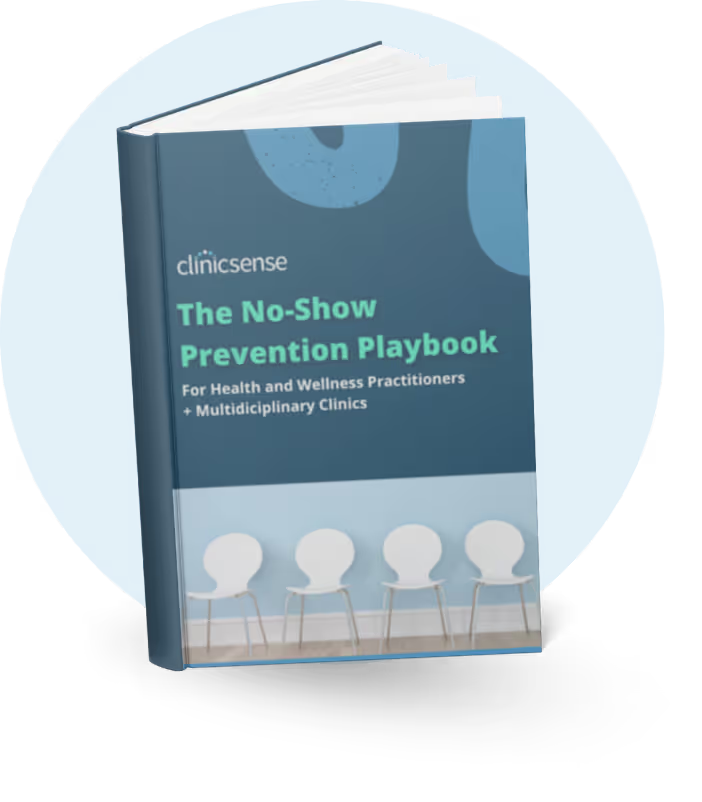Practice Management Tips
October 27, 2020

Operating a massage therapy business is fulfilling and challenging. Your work helps your clients improve their physical health and overall well-being. But, your business’s growth may be limited by the time you have available to serve clients. One way to increase your revenue is to implement scheduling strategies that enable you to serve each client efficiently without sacrificing customer experience. So, what are some scheduling best practices that you can use to boost your massage therapy business’s profitability?
We share our favorites in this article. But first, here’s a look at how improving the way you handle scheduling can improve your business.
When you reduce the amount of time you spend returning calls and fielding questions about appointments, you increase the time available for revenue-generating activities. If you spend just 30 minutes less each day on admin tasks like scheduling, reminders, and returning phone calls, you’ll gain 10 hours every month. That opens up the potential to book (and bill) 10 additional 1-hour treatment sessions.
Today’s consumers want convenience. Every step in your client’s journey, including making an appointment, is an opportunity for you to impress. Use these 6 tips for scheduling best practices to elevate your client experience.
Finally, by monitoring your schedule and taking proactive steps to confirm appointments, you can reduce revenue losses caused by downtimes and no-shows.
Now, here’s a look at some of our best tips for improving your scheduling processes.
Watch this video for a quick look at 6 tips to optimize scheduling for your massage business:
While some clients may prefer to speak with a person to make an appointment, a growing number of consumers prefer using an online portal. Online booking portals have the advantage of being available 24-7. Clients don’t have to wait until your office is open to call for an appointment. Booking an appointment without playing phone tag or waiting on hold makes for a much better client experience.
Even if your present schedule is fully booked it is important to continue setting new appointments. Reserve time each day to return calls, emails, or other client inquiries.
The best strategy to ensure that your clients and prospective clients aren’t left waiting to hear from you is to set aside several blocks of time throughout your day to handle scheduling tasks. For example, during the morning spend time catching up on any messages that you received after hours and overnight. Then, at midday contact anyone who you weren’t able to reach in the morning and respond to any new messages. Do the same at the end of your day.
Whether someone calls your business to ask about your services or your availability, that phone call indicates their interest. If you aren’t able to get to the phone, that missed call may be a dead-end for the caller. Prevent that from happening by including information about how to book an appointment and where to find answers to common questions in your voicemail message.
Also, don’t leave callers wondering when or if they’ll ever hear from you. Close your voice mail message by inviting callers who still need to speak with you in person to leave their contact information and tell them how soon they can expect you to get in touch. If you are using the schedule we detailed above, your return call should take place no later than the next business day.
Once you have an efficient in-person scheduling system, use it. At the end of each treatment session, discuss your client’s long-term treatment plan with them. Then, book their follow-up appointments before they leave. This will save you and your clients time and increase their lifetime bookings.
Reminders are one of several strategies that we recommend for reducing your no-shows. At the end of your day, after you have returned your missed calls, contact your clients (call, email or text) that are scheduled for an appointment tomorrow to remind them of their upcoming appointment and to confirm they will be there.
Let’s face it, even with the best systems in place, there’s only so much one person can do. Before you hit your capacity and potentially experience burnout, learn about the concept of the “buyback” principle. This is an investment made to buy back your most valuable resource: your time.
Earlier we talked about how just 30 minutes per day of returning calls and performing other admin tasks adds up to 10 hours per month. When you invest in automation, you can essentially buy back 10 hours of your time for as little as $29… and your time is worth way more than this!
With one small investment, you can not only buy back your time, but you will also feel the relief of being more organized, and putting more money in your pocket by reducing no-shows and automating your email marketing. In addition to online booking, here are a few ways that ClinicSense can automate your tedious admin tasks:
Make every minute of your time count by implementing these scheduling best practices for massage therapists.
As a business owner, you face many demands on your time. So you need to make every moment count. These scheduling best practices, especially when you add automation to the mix, will help. If you’d like to discover how you can easily implement these massage therapy scheduling solutions, get in touch. The ClinicSense team is here to help you make the most of every minute.


.avif)
.avif)
.avif)









For 14 days